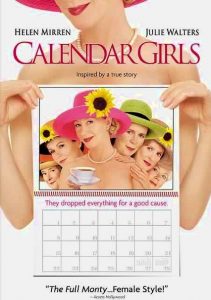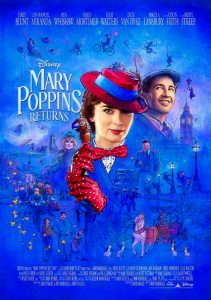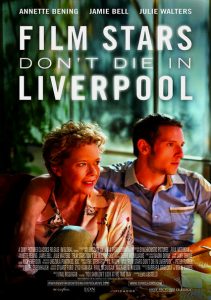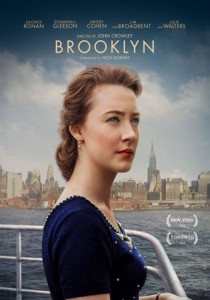Calendar Girls-2003
Director Nigel Cole
Starring Helen Mirren, Julie Walters, Penelope Wilton
Scott’s Review #1,090
Reviewed December 11, 2020
Grade: B+
A clever female version of The Full Monty (1997), the middle-aged bordering on senior citizen characters, nudity comparisons notwithstanding, Calendar Girls (2003) has standard similarities.
The film is a light-hearted affair, charming and fun with positive and inspiring messages about friendship and helping with cancer research.
How can a film like this not bring a smile to the viewer’s face? It did to mine.
That said, it’s hardly high drama or material that requires much thought or dissection. I’d wager to say you only need to see it once. There lies a situational or clichéd theme as the women face the standard and guessable awkward moments, but the film entertains in style.
Calendar Girls is based on a true story adding merit, appreciation, and an endearing quality. It’s a feel-good film if there ever was one which is just fine in this case.
The film was a box-office smash, and why not? It’s a comically robust experience.
A likable group of “women of a certain age” conspire to launch a calendar, bearing their best assets for all to see. Before this sounds too scandalous or corny, the ladies do it for a good cause and not for any titillating pleasure.
The women are British and, while attractive, are average-looking gals with womanly figures. These tidbits lead to humorous and embarrassing situations as some of the women are more modest than others, especially parallel to the conservative and crusty town they live in.
This leads to shocks among the prudish townspeople.
Chris (Helen Mirren) and Annie (Julie Walters) are best friends. When Annie’s husband dies of leukemia, they conjure up the idea of creating a nude calendar, where women pose while doing traditional duties like baking and knitting. The proceeds will go to research for the deadly disease.
Unexpectedly, Chris and Annie, along with others from the Women’s Institute in which they are members, achieved worldwide success even invited to Los Angeles to appear on television’s The Tonight Show with Jay Leno.
The women clash due to their success and differing lifestyle directions, before reconciling and deciding that their ordinary lives aren’t so bad. They happily resume their nice lives away from the spotlight.
The comparisons to The Full Monty (1997) must be mentioned because they are obvious. Whereas the men in The Full Monty strip on stage, the women prefer more modesty, nestled behind calendars for safety, but both groups hail from the English countryside and are regular folk.
Since nudity is the word of the day, both groups possess average bodies and champion worthy causes. Like it or not, this setup produces giggles.
The “calendar girls” are a relatable group that is a marketing genius and allows the film to achieve much merit. Who would care if a bunch of supermodels posed nude while baking cookies?
No, the everywoman factor is sky-high, allowing the film to be appreciated and savored.
Because Mirren and Walters, two respected British actresses appear in Calendar Girls, there is an added respectability.
After all, would either choose a project less than credible? The obvious answer is they make the film better than it might have been. Penelope Wilton does too.
There is a classiness the ladies bring so that we can sink into our theater seats and revel in the good-natured comedy, assuring ourselves we are seeing something of quality too.
Calendar Girls (2003) is so like The Full Monty that they ought to be watched back to back. Perhaps a naughty night in, with a bottle of wine and some cheese, ready to embark on delights and jolly laughs.




